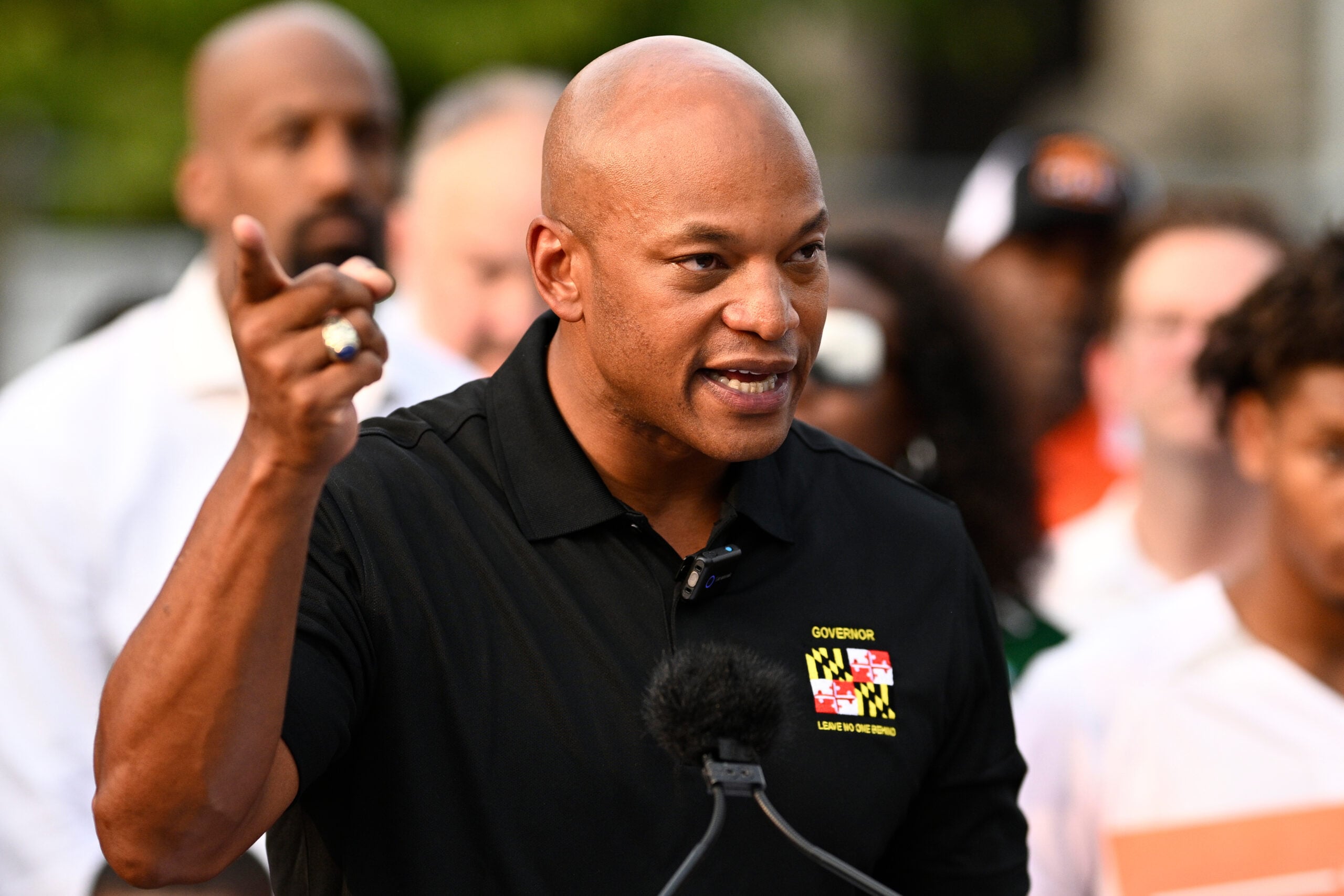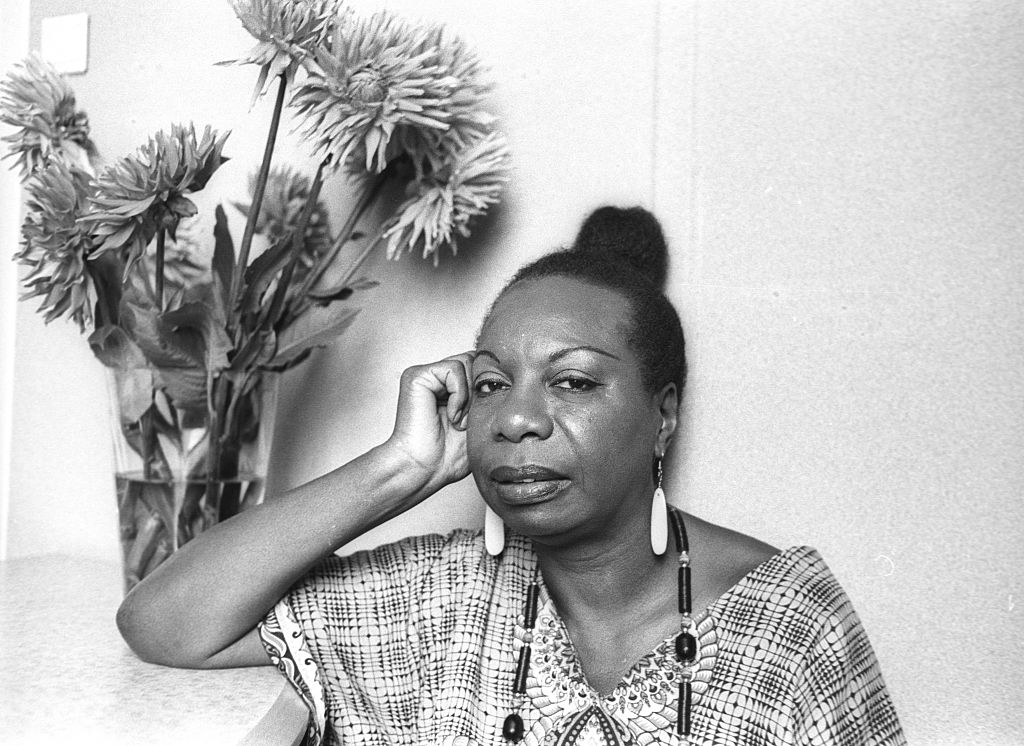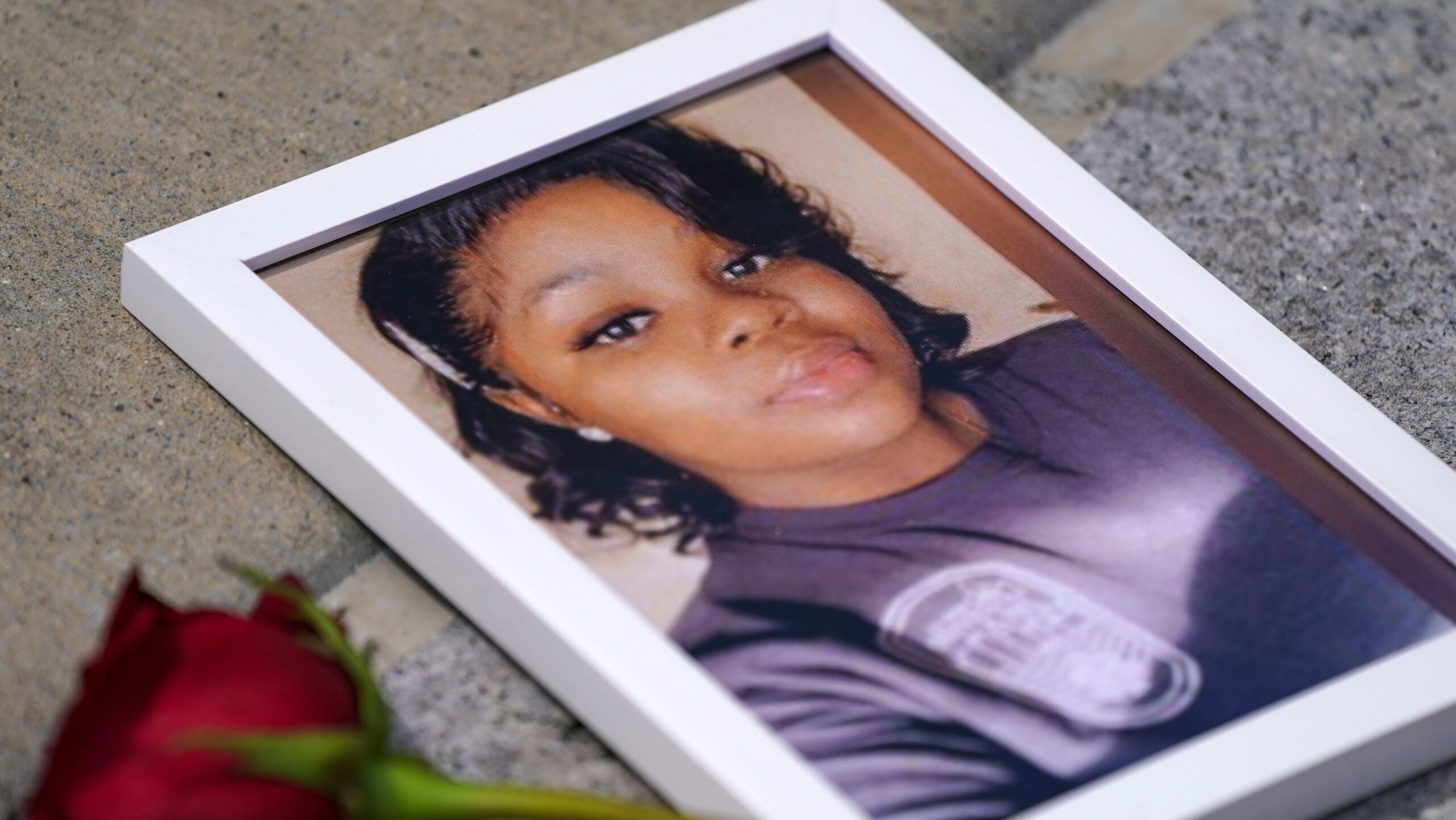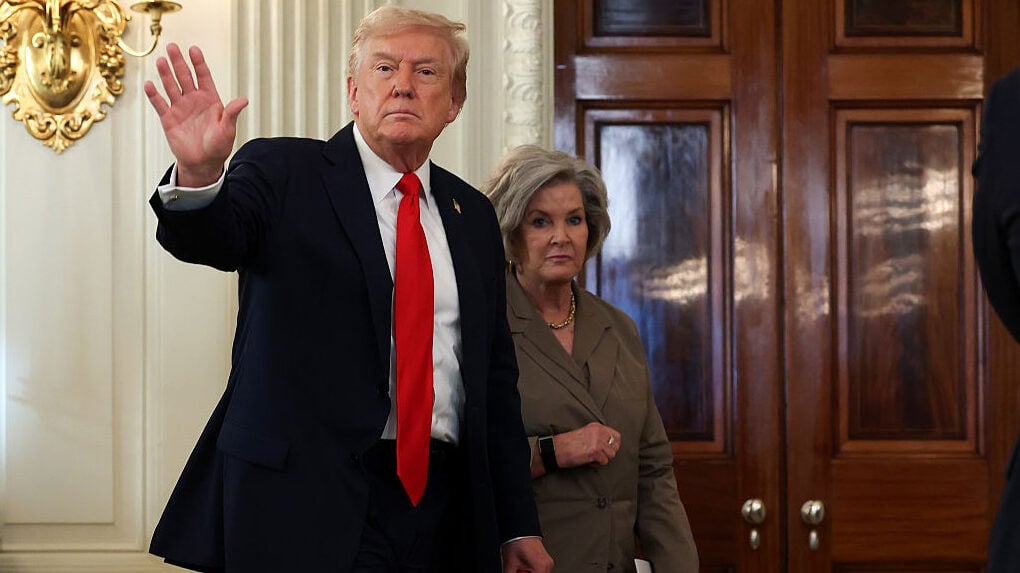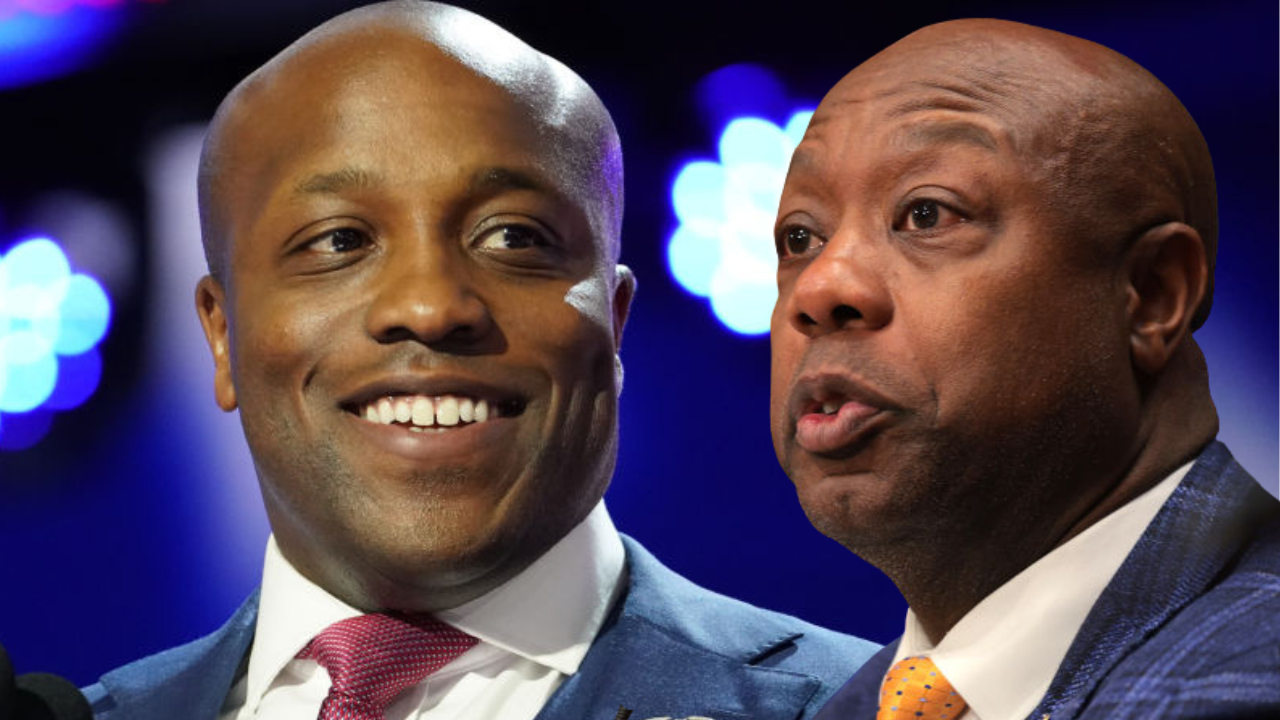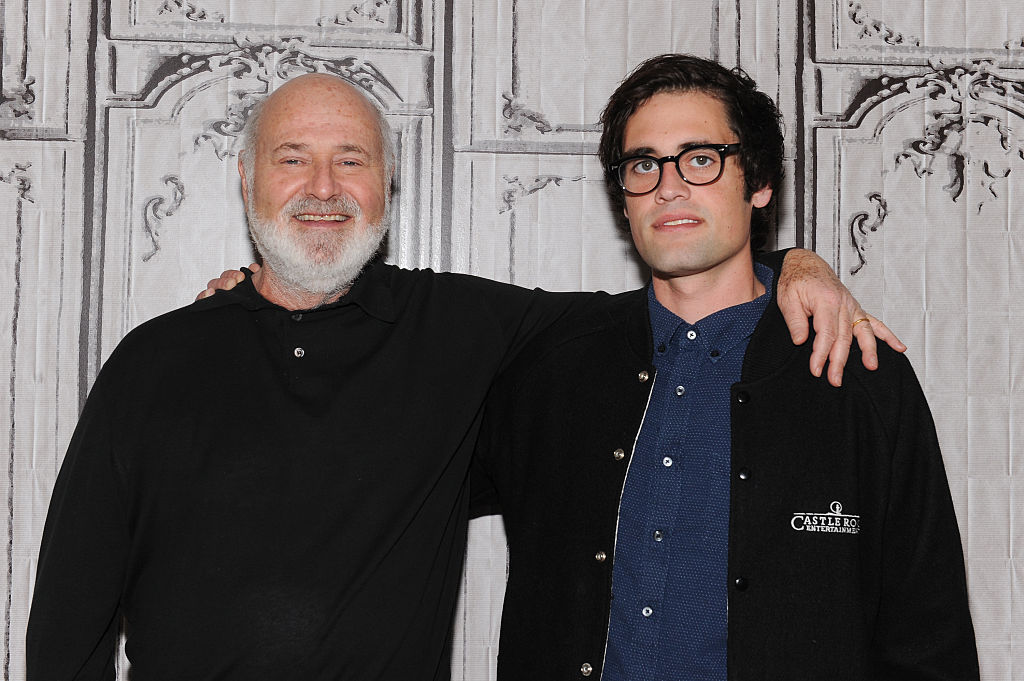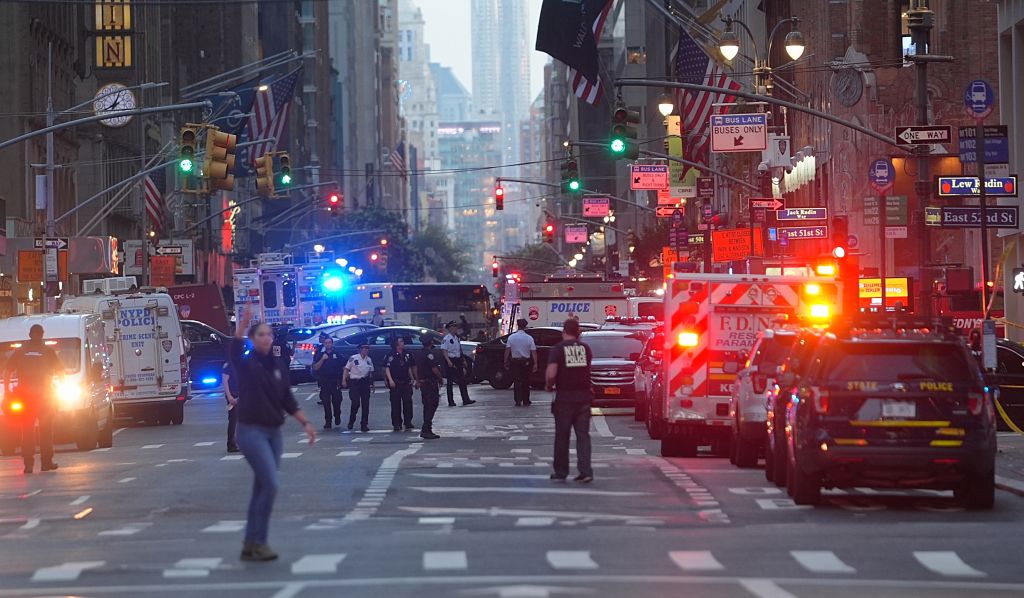The Salacious Spectacle Around Trey Reed’s Autopsy Proves The Lynching-Era Gaze Never Ended
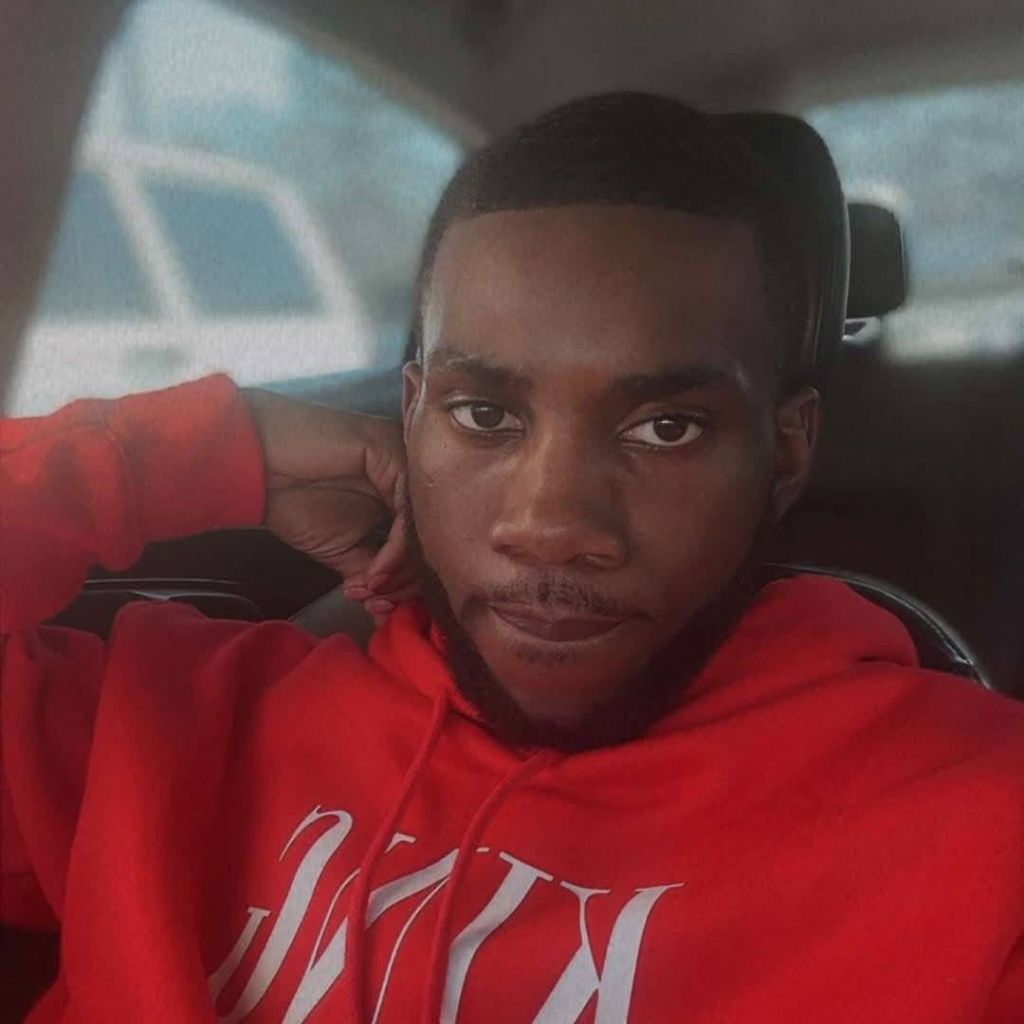

It’s been weeks, and still we wait.
There’s been no definitive verdict. No full release of the second autopsy. No comforting words from authorities that calm the ache.
What we have instead is a feeding frenzy of rumor, mistrust, and hysteria. And all of it has come at the expense of a grieving family. De’Martravion “Trey” Reed is dead, yet what remains unsettled is the shape of that death, and what we are willing to believe about it.
Black folks are already wound tight. We live in a country where a president’s rhetoric is priming his dysregulated base for lynchings and making Black skin the target. We are living in a moment when it feels like any small injustice, uncorrected, can unravel into lethal violence. So when a young Black man is found hanging from a tree, not in some far-off county, but on a college campus, it’s no surprise our collective breath catches because it is quite difficult for us to believe that a Black person would choose to hang themselves by the neck, in public, from a tree. I share this disbelief even as the daughter of a mother who took her own life in this manner, but privately, with a note left behind.
Twenty unsolved hangings of 79 Black males have been reported in recent years. These cases bear the scars of neglect, silence, and mislabeling. That statistic is an echo. It makes us uneasy. It gives us reason to doubt. To many, the official story—“he hanged himself, no foul play”—lands as too familiar, too rehearsed.
History presses on us.
For our people, lynchings have always been a shared communal terror. The lynching era taught us that when Black bodies appear in trees, the immediate assumption is that some racist did it. Newspapers once ran notices: “Next Tuesday, citizens’ committee will lynch X accused Negro.” Lynchings were often a public event, with reporters, photographers, and eager crowds. Throngs gathered to watch social terror become ritual. The press printed vivid scenes, sold postcards of mutilated and burned bodies swinging in the wind. Witnesses lined up. And afterward, the mob, the local sheriff, and the state exonerated themselves.
During the lynching era, the lynchings of Black men were sometimes ruled as suicides to cover up murders by white mobs and police officers. The Civil Rights and Restorative Justice Project, based at Northeastern University, has compiled a database of lynchings, and researchers have documented dozens of cases from 1930 to 1956 where a public figure, police officer, coroner, or jury deemed the deaths to be suicides and not lynchings or extralegal murders.
It is no surprise, then, that when Trey Reed’s name began to trend, many of us felt already immersed in a déjà vu horror. We braced for grief and erasure. Because we’ve seen before how words become shields. A coroner’s stamp becomes a wall. A rushed press release becomes a narrative that no amount of counter-evidence can break. The familiarity of that pattern is both a warning and a wound.
In 2025, the spectacle has simply moved from the courthouse plaza to the smartphone screen. Rumors circulate, unverified leaks go viral, and every timeline becomes a rumor mill. “He had broken bones,” one post claims. “His hands were twisted,” says another. Someone says there was a video. Someone else says campus officials lied about where he was found. Influencers tweet certainty. News outlets pick it up. Some run headlines like “Independent autopsy reveals foul play,” before confirming whether the report even exists. Every post, every share, every bite-sized “BREAKING NEWS” about Trey’s death becomes part of the salacious spectacle.
This modern spectacle is indistinguishable, in its mechanics, from old lantern-lit mobs and roaring press tents. The difference is scale and speed, and the fact that Black death now travels lightning fast, over platforms built by people who monetize suspicion and outrage. The crowd is virtual, global, and sometimes anonymous. But the impulse is old: gather, stare, escalate, and fix a narrative before the body is cold and the family can lay their loved one to rest.
Yet for all the social media theater, the central victim is silenced: Trey. His parents and the rest of his family. His friends. His community. What does the viral rumor do for them? It erases their grief in the pursuit of clicks. It sidesteps their agency in the race to frame the story first. It extracts their pain and packages it for consumption.
And if the second autopsy reveals evidence of foul play, will that outrage extend beyond trending? Or will it fade as every hashtag does?
Let us imagine that the report shows trauma inconsistent with hanging. Broken bones, damaged organs, ligature marks that don’t align. Then what?
The public pulse will spike. Calls for justice will roar. But will those calls translate into prosecutions? Will the institutions that facilitated silence—law enforcement, campus security, newsrooms—be held accountable? The family’s demand for answers will become our shared demand. We will ask who told the first lie, and why. Who withheld footage, delayed the report, recognized the body but not the person? Who decided that the initial story would be the final one?
And if the autopsy lands in tragedy’s other corner and tells us that Trey did take his own life, what then?
Will we shrink back, relieved no crime was committed, because that is an easier truth? Or will we stay? Will we be brave enough to reckon with mental health in our communities, to speak aloud what many of us bury: despair, alienation, silence, weariness? Will we hold space for the notion that a Black man, a promising student, a child of hope, might have felt that there was no other way out? Will we challenge the taboo that says a Black man can’t be susceptible, broken, wounded?
In both possible outcomes, we have work to do. If foul play, then accountability, reform, truth beyond the point of viral outrage. If suicide, then healing, conversation, admitting that structural neglect and emotional burden can weigh heavier than any rope. In either case, we must avoid a third outcome: silence. We cannot allow Trey to be erased either by rumor or by neglect.
At the heart of this is a young man, gone too soon, swallowed in rumor and scrutiny. He was somebody’s child, somebody’s dream. His name will become a case study, a trending topic, but it should not become a spectacle. The media and the rumor mill have no moral right to his story more than his family does. No influencer or news anchor or casual bait-click feeder may claim the authority to dictate what his death “means” before he is mourned or examined with dignity.
I understand why many refuse the simple label: “suicide.” It isn’t cynicism. It’s generational memory. It is inheritance. We carry within our bones the knowledge that when Black bodies dangle from trees, the chances they were murdered far outweigh the chance they were not. We remember the names that vanished. The coroners who lied. The press that cheered. The communities that were terrorized. And we carry that memory forward as a warning, as vigilance.
So yes, when Trey Reed’s death is raised as a “suicide by hanging” before we can inspect the truth, many of us push back. We demand explanation. We fight the rush to closure. We press for transparency. Because to rush to conclude is to echo the old lies. Because we cannot afford a lie masquerading as fact, even if it arrives in an official envelope. Because our lives rise and fall on whether a death is accepted at face value or unraveled by our insistence.
We cannot forget, either, that no matter what the path of his death, a life was extinguished. Behind the pixels and the headlines is a mother who will never hold her son again, a family forever fractured, a community once more plunged into sorrow. It is easy to chase the narrative. It is harder to hold the silence, the grief, the unanswered questions.
When the autopsy report finally comes, may we not turn it into another tool of erasure or spectacle. May we not claim victory or resignation until Trey’s humanity is restored, not as a viral cause, but as a son, a student, a young man with a future. May we gather our sorrow, our anger, our memory and demand that whatever truth emerges, we lean into it, rather than flee into our preferred stories.
Let the damn rumors die. Let the damn lies be exposed. But let our first labor be mourning. Let us grieve for him first, before we frame explanations. The rest is necessary. But the grief is primary. And in that grief, there is power. There is a reckoning. There is truth yet to be told.
Dr. Stacey Patton is an award-winning journalist and author of “Spare The Kids: Why Whupping Children Won’t Save Black America” and the forthcoming “Strung Up: The Lynching of Black Children In Jim Crow America.” Read her Substack here.
SEE ALSO:
What's Your Reaction?
 Like
0
Like
0
 Dislike
0
Dislike
0
 Love
0
Love
0
 Funny
0
Funny
0
 Angry
0
Angry
0
 Sad
0
Sad
0
 Wow
0
Wow
0





